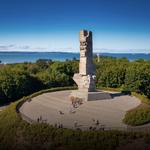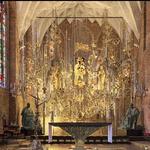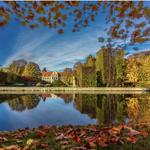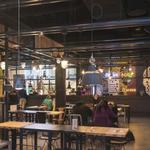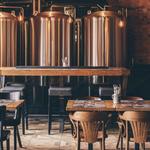Things To Do
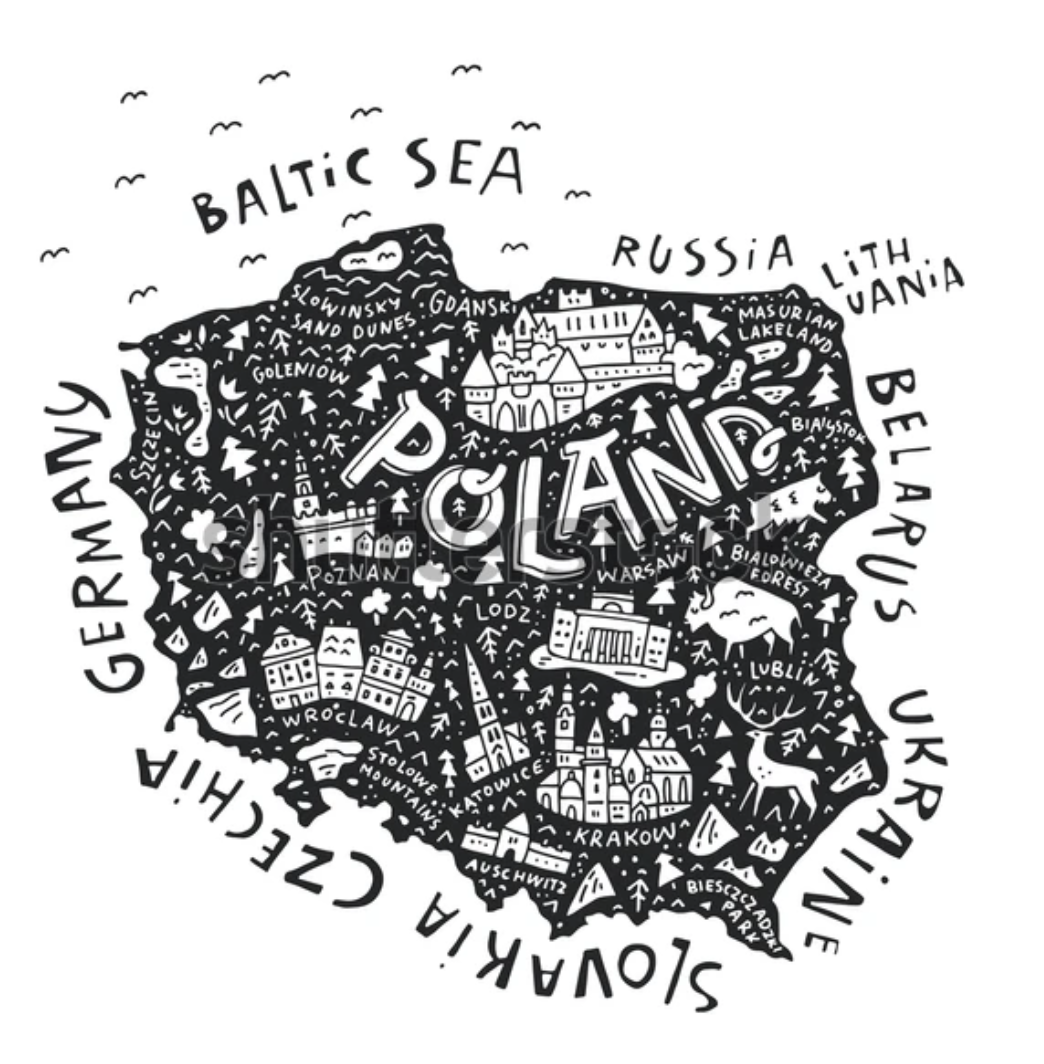
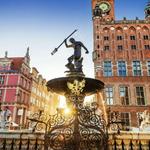
Neptune's Fountain
The famous, historic Neptune stands in front of the beautiful Artus Court, next to the Town Hall, in Długi Targ, which is a kind of market. The Neptune Fountain in Gdańsk was made by Abraham van den Blocke at the beginning of the 17th century.

Artus Court
One of the most visually stunning historic buildings located on the so-called Royal Route. It used to be a meeting place for merchants and a venue for meetings, balls, and events. Later it was adopted for the purposes of the grain exchange. One of the most unique antiques of the Artus Court is the impressive 11-metre high tiled stove, proudly called the “king of all stoves”.
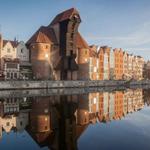
Crane. Branch of the National Martime Museum
Crane Gate is also a port crane, formerly used for transshipment of ships. It is one of the most recognizable and spectacular symbols of Gdańsk and the largest and oldest building of its kind in Europe.
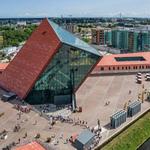
Museum of the Second World War
The Museum of the Second World War in Gdansk is a multifunctional venue - a bastion of remembrance and historical memory, but also a contemporary public space, a venue for meetings and discussions. The centerpiece of the museum is its main exhibition, which tells a story of the tragic experience of the Second World War, its origins and consequences, victims and perpetrators, heroes and ordinary people.
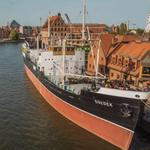
The ship-museum "Sołdek." Branch of the National Maritime Museum
A unique monument of the shipbuilding technology, the only steam-powered ore freighter remaining in the world. It was the first prototype seagoing vessel built in Poland after the Second World War. From its commissioning in 1949 to decommissioning in 1981, “Soldek” made 1479 voyages, transporting a total of over 3.5 million tonnes of coal and iron ore.

European Solidarity Centre
The ECS is a modern cultural institution which preserves the memory of our greatest civic success - the victory of Solidarity. The place, which features a permanent exhibition, commemorates the Solidarity revolution and the fall of Communism in Europe
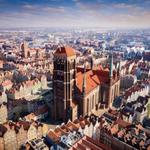
St. Mary's Church
Erected in stages for over 159 years, St. Mary's Church is the largest brick church in the world. It is 105.5 m long, 66 m wide in its transept, the vault is 30 m high and the interior can accommodate about 20 thousand people. From the gallery of the impressive 78-metres bell tower with its characteristic flat-roof figure proudly raised over Gdansk, there is a great view of the city panorama.

Oliwa Cathedral
Oliwa Cathedral in Gdansk is a church dedicated to the Holy Trinity and St Bernard. It has a three-nave design with a transept and a presbytery with a polygonal ambulatory. The façade features two narrow towers, each 46 meters high, with tented roofs. The Baroque style portal, three windows of different sizes and three cartouches, dates back to 1688.

Gift of Pomerania Museum Ship
A three-masted sailing ship built in 1909, which from the 1930s until the 1980s served the Polish Merchant Navy as a training vessel for students at the Gdynia Maritime School.
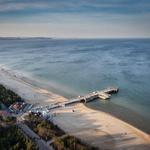
Brzezno Beach
This is by far the most popular bathing beach in Gdansk among residents and tourists alike. Its distinctive feature is a 140-metre-long pier facing the Gdansk Bay.
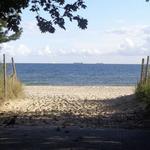
Jelitkowo Beach
The Jelitkowo bathing beach is located on the border between Gdansk and Sopot and is easily accessible from the city. A few minutes away from the beach, you can find a tram terminal and bus stops.
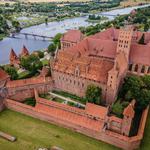
Malbork Castle
Malbork Castle is a 13th-century castle complex located in the town of Malbork, Poland. It is the largest castle in the world measured by land area and a UNESCO World Heritage Site. To get there from Gdańsk we recommend to go by car (around 1 hr) or train (25-30 min, $5-17) Train tickets can by purchased here: https://www.intercity.pl/pl/site/dla-pasazera/informacje/nasze-pociagi/o-marce-tlk.html
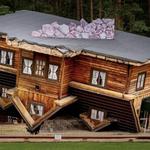
Szymbark
Szymbark - a village full of Kashubian heritage. It is not only an amusement park, but also one of the most popular attractions in Kashubia, only 20 min by car from Przywidz. There you can find a few unique attractions like the World's Longest Plank and the Upside Down House.
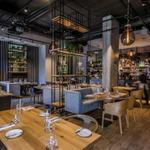
Tygle Gdańskie
Tygle Gdanskie is a restaurant offering a beautiful view of the Motlawa and the Long Wharf, located in the very heart of Gdansk. Its menu combines traditional Gdansk flavors with modern culinary art. Tygle is a real feast for the senses. The restaurant received a Michelin Recommendation.
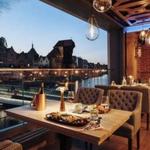
Chleb i Wino Chmielna Gdańsk Restauracja
The restaurant bakes bread every day according to its own recipe and traditional method. Pastas are also a specialty here, made by hand daily on site. Pizza sauce has the taste of freshly picked Italian tomatoes, seasoned with aromatic herbs.
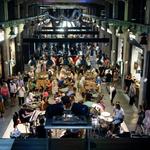
Montownia Food Hall
In 2023, a municipal dining room with 20 restaurants and 3 bars opened on the ground floor of the hall. The new image refers to the old tradition of the shipyard canteen and community center - modernizing it and combining entertainment with Gdansk atmosphere.
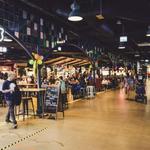
Stacja Food Hall
Stacja Foodhall is the largest food and entertainment space in Tricity, and is located in the center of Wrzeszcz, on the second floor of the Galeria Metropolia shopping center. It is home to as many as 20 different restaurants, which means that there is something for everybody. The menus contain dishes and beverages from various cuisines from across the globe.

100cznia
100cznia (pronounced like stochnia) is a project blending shipping container architecture with cultural offerings like cuisines from far and distant corners of the globe. Here you can find several street food bistros, four drink bars, a concert stage, offbeat shops, a book exchange point, a city beach, a playground and the LAYUP street art gallery. During the week you can enjoy regular concerts and DJ parties, fairs with clothes and vinyl records, film screenings, yoga classes, workshops and artist appearances and meet-ups – all that on the premises complex built of interconnected recycled shipping containers and historical shipyard halls
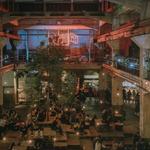
Elektryków
Today's Elektryków Street is teeming with life, home to many cultural initiatives, music clubs, art galleries and exhibition spaces. Places such as B90 or 100cznia attract lovers of music, art and good fun, offering a rich program of events, from concerts to exhibitions.
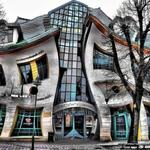
The Crooked House
Sopot’s famous Crooked House is an interesting and wonderful example of bold contemporary architecture. This building’s design which references the drawings of Jan Marcin Szancer and Per Dahlberg, a Swedish cartoonist who has lived in Sopot for years, has made the building a symbol of the city.
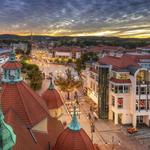
"Monciak"
The city’s main promenade, affectionately known throughout Poland as ‘Monciak’ (Mon-chack) – is the pedestrian Bohaterów Monte Cassino (Heroes of Monte Cassino street), which runs straight down through the heart of the city to the pier. On either side are picturesque tenement houses, galleries, pubs, night clubs, and cafes.
